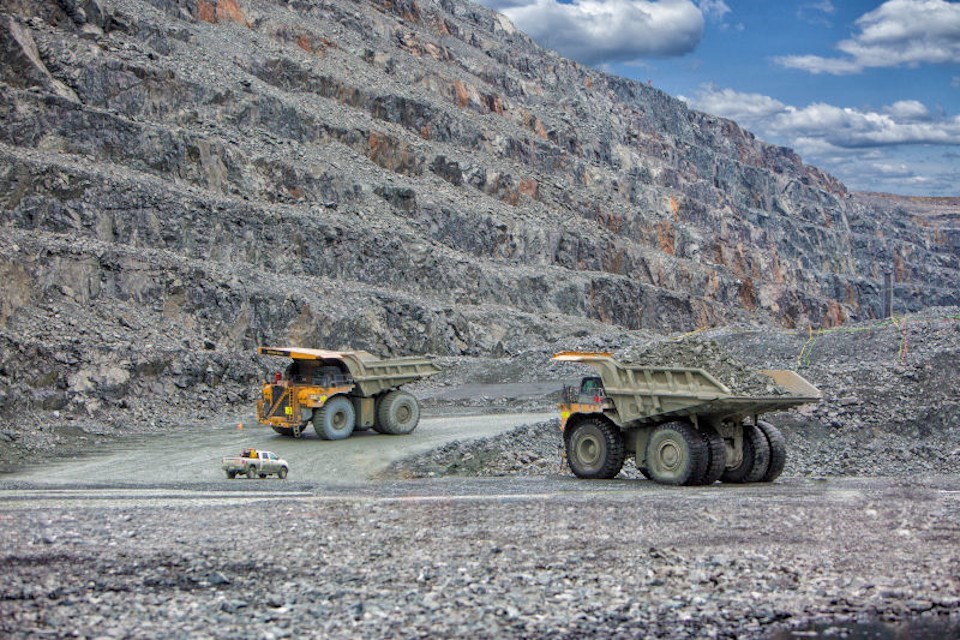The prolific Detour Lake Mine, near the Quebec border, looks to have some longevity to last a long time.
A new technical report released by Toronto’s Agnico Eagle Mines in its second quarter results this week shows steadily increasing gold reserves that should boost its mine life by 10 years to 2052.
This was Agnico’s first quarterly report since the “mergers of equals” with Kirkland Lake Gold was finalized last February.
Gold reserves at Detour Lake have increased by 38 per cent (roughly 5.6 million ounces) to 20.4 million ounces. And there’s strong potential to find more gold to the west of the current open pit and deeper down which introduces the possibility of underground mining and extensions to the pit.
It’s been known for a while to have substantial growth potential.
Detour Lake Mine is the second-largest gold-producing mine in Canada. It’s located 185 kilometres by road northeast of Cochrane. The mine hit the five-million-ounce mark in poured gold last April.
The company said it's been making significant gold hits along a geological structure called the Sunday Lake Deformation Zone, only a few kilometres west of its Main Pit and West Pit zones. One highlight included an intersection of 32.2 grams per tonne of gold over a 4.8-metre section of drill core at a depth of 955 metres.
This kind of upside has Agnico considering if Detour Lake can eventually reach production of more than 1 million ounces of gold a year.
In Kirkland Lake, Agnico said development of the new No. 4 Shaft will be finished by year’s end and brought into production.
Drilling continues on a gold deposit, dubbed Amalgamated Kirkland, to outline the boundaries of the resource. The company is determining if it could be new source of ore for the Macassa Mine and whether it could be mined as early as 2024.
Twenty kilometres northeast of Kirkland Lake, Agnico looks to bring its Upper Beaver deposit in the Larder Lake area into production at some point as the company is investigating various development scenarios.
The company posted a profit in its second quarter of $275.8 million. Gold production from all of its mines in northeastern Ontario, northwestern Quebec, Nunavut Territory and Mexico was a record 858,170 ounces.



